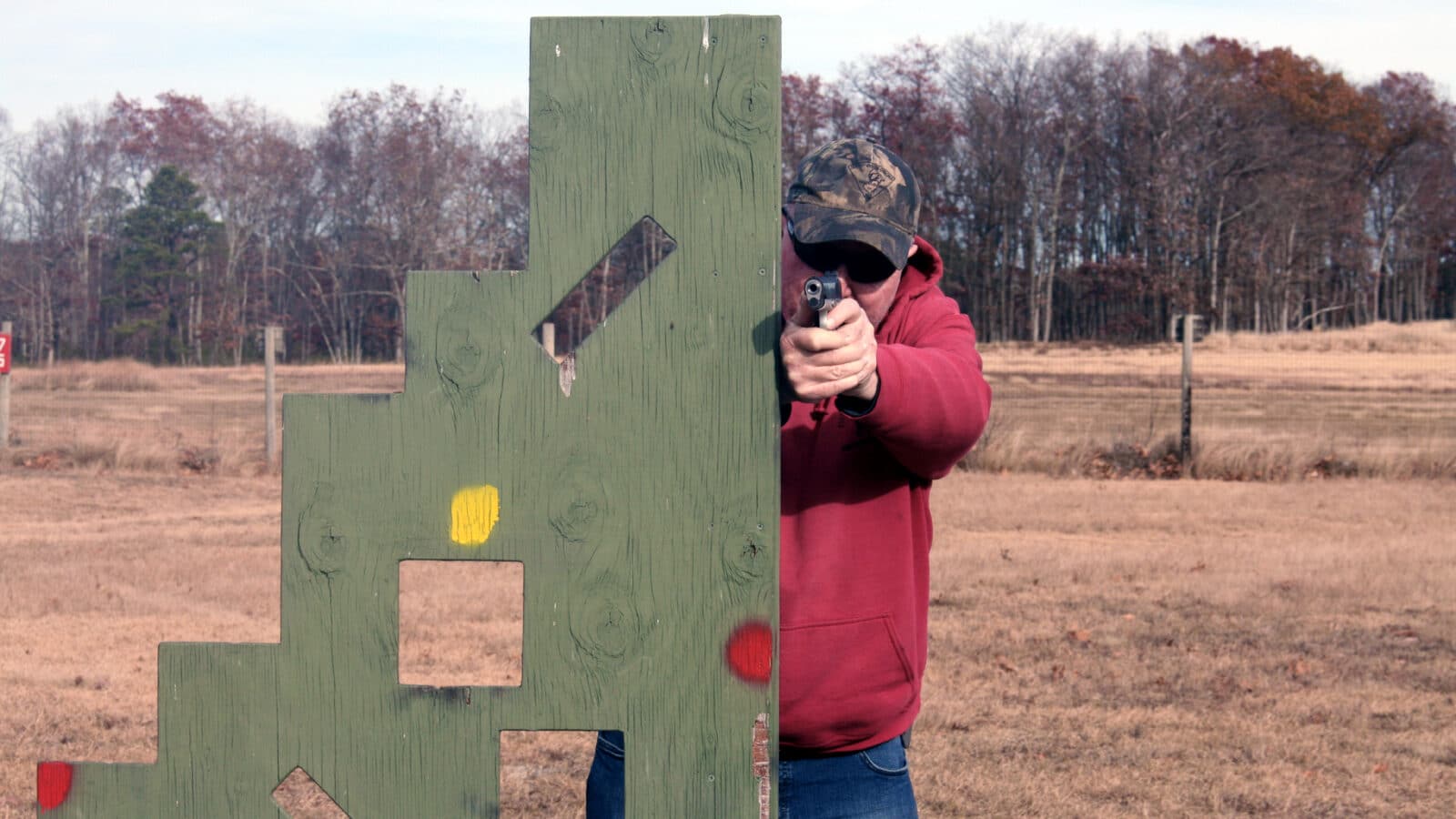As you drive down US Route 340 and cross the Shenandoah River from Virginia into West Virginia, you initially traverse Virginius Island, which was a part of the Commonwealth of Virginia until 1863. It was here, in 1819, that John Hancock Hall established his arms factory that produced nearly 30,000 of his patented breechloading rifles and carbines. Among the numerous firsts that the Hall’s Rifle Works are now credited are the first breechloaders adopted by the United States Ordnance Department and the first firearms to be made on the system of manufacture via machines mass-producing interchangeable parts.
John H. Hall was born in Falmouth (now Portland), ME, worked in his father’s shop and joined the local militia unit. Desiring to find a musket that could be reloaded faster and with greater ease than the then-in-use muzzleloaders, he designed and patented a breechloading rifle in 1811. From his own shop in Maine, he produced a number of beautifully crafted rifles that resemble the best of the golden age of long rifles, complete with a brass patch box, but with his distinctive tilt-up breech.
A mid-19th century Cavalry trooper with the 1st U.S. Dragoons is depicted with a Hall’s carbine.
During this age of blackpowder muzzleloaders, the rifles of the period were hampered by the ever-present fouling that every firing of the gun produced within the barrel. To be effective, a rifle’s bullet needed to have close contact with the lands and grooves of the barrel’s rifling. With every successive shot, fouling made it more difficult to force the patched ball down the barrel to the breech. In 1772, Scottish Major Patrick Ferguson developed a breechloading flintlock rifle, but the practicality of its unique design was never fully appreciated by the British Board of Ordnance.
Hall tried to get the Ordnance Department of the U.S. Army interested in his breechloader in 1813, during the War of 1812, but the requirement for the number of firearms and the time in which they needed to be produced was outside of Hall’s abilities. By 1818, with his first government contract in-hand, he produced and shipped 100 of his rifles to the Army for trials with the Regiment of Riflemen in the upper-Mississippi River region. They were remarkably well received and passed the rigorous tests, but most importantly, they found favor with the Soldiers who used them.
Hall’s Rifles proved to be the equal to the standard U.S. musket of 1816 and rifle of 1803 in every classification: accuracy, penetration and durability. As for ease of loading, it held a two-to-one advantage.
To say that the Ordnance Department was keen to equip the Army with the new rifle was an understatement. Hall’s Rifle was unique in the fact that the entire breech could be loaded from the face of the chamber as it pivoted upward, bypassing the laborious effort of pushing a patched cartridge from the muzzle down the full length of the barrel. As we would say today, being able to put more bullets on target, faster than your enemy, was a force multiplier. In one of the rare instances of foresight for the 19th century Ordnance Department, it desperately desired to “run with it” and gave Hall a contract for 1,000 patent rifles in 1819.

Accelerating the loading process, the Hall’s Rifle had powder and projectile loaded at the breech, rather than at the muzzle like traditional flintlock rifles • Opening the breech required pushing the lever outside of the trigger guard up into the stock.
At the time, the U.S. Ordnance Department operated two National Armories, one in Springfield, MA, which began production in 1795, and one in Harpers Ferry, VA, established in 1799 and beginning production in 1803. Their combined output could not satisfy the need for arms required for the Army, so a system of contractors was established wherein arms would be produced based on supplied patterns of standard muskets and pistols. Hall was able to strike a deal with the government allowing him use of Virginius Island on the Shenandoah River, just around the corner from the Harpers Ferry Armory located on the Potomac River. It was here that, using government funds, he was able to build his rifle factory. The benefit to the government was that Hall would build and produce the machinery needed to produce his rifles on a system of mass production using interchangeable parts.
The idea certainly wasn’t new: Thomas Jefferson had seen and written about it while minister to France, but it was John Hall who first applied the theory to arms manufacture. (Thomas Blanchard was simultaneously developing a similar set of machines, initially for turning out wooden stocks, at the Springfield Armory in 1819.)
Another interesting tidbit about Hall’s contract was that while he was at Harpers Ferry, he was an employee of the U.S. Government and an assistant armorer at the National Armory. Numerous times during his tenure at the armory from 1819 to 1840, he served as acting Chief Armorer during the absence of his superior. Hall also received a $1 royalty on each gun produced that employed his breechloading patent. This was without precedent, and not soon repeated, as John C. Garand would unsuccessfully petition for a similar royalty on his design more than 100 years later.
Hall was able to get his factory running, and produced 1,000 rifles beginning in 1824, and quickly received contracts for 1,000 more as orders were delivered. The need for more rifles led to Simeon North of Middletown, CT, receiving a contract for Hall’s patent rifles with the stipu- lation that they would be made with identical, interchangeable parts to those produced at Harpers Ferry. North provided Hall’s Rifles beginning in 1830 and ended with the production of Hall’s Carbines in 1853. This was the first time that full interchangeability between manufac-turers had been achieved.
There are numerous Hall’s Carbine models, both smoothbore and rifled, that were manufactured at both Harpers Ferry and Middletown, CT. Returns of ordnance showed that the Hall’s saw extensive service during the Mexican American War as well as during the Civil War, making the Hall’s the most tenured of the 19th-century service arms with a span of 41 years. Between production at Harpers Ferry and Middletown, more than 50,000 Hall’s rifles and carbines were made.
Perhaps the best footnote to the Hall’s, aside from its contribution to the industrial revolution and mass production, is the story of the teenagers in New York who volunteered to help defend Plattsburgh from 14,000 advancing British troops in September of 1814. With only 3,000 Militia under GEN Alexander Macomb to defend the city, Macomb promised the volunteers their own rifles if they enlisted.
In 1826, GEN Macomb was able to fulfill his wartime promise when Congress, by resolution, delivered to each of the defenders a presentation Hall’s Rifle, some 12 years after their brave deeds. Of the 17 rifles presented, only 10 are known to exist today. One of those rifles is currently on loan to the National Firearms Museum at NRA Headquarters in Fairfax, VA.
Read the full article here












Leave a Reply